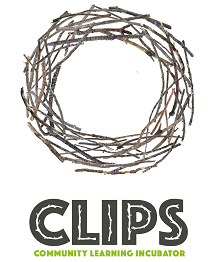Best use: Get to know each other better and understand how others see us
During the exercise, subjects are given a list of a few adjectives out of which they need to pick some that they feel describe their own personality. The subject’s peers are then given the same list, and each pick equal number of adjectives that describe the subject. These very adjectives are then inserted into a grid. The philosopher Charles Handy calls this concept the Johari House with four rooms. Room 1 is the part of ourselves that we see and others see. Room 2 is the aspects that others see but we are not aware of. Room 4 is the most mysterious room in that the unconscious or subconscious part of us is seen by neither ourselves nor others. Room 3 is our private space, which we know but keep from others. Open or Arena: Adjectives that are selected by both the participant and his or her peers are placed into the Open or Arena quadrant. This quadrant represents traits of the subjects that both they themselves and their peers are aware of. Hidden or Fa?ade: Adjectives selected only by subjects, but not by any of their peers, are placed into the Hidden or Fa?ade quadrant, representing information about them their peers are unaware of. It is then up to the subject to disclose this information or not. Blind : Adjectives that are not selected by subjects but only by their peers are placed into the Blind Spot quadrant. These represent information that the subject is not aware of, but others are, and they can decide whether and how to inform the individual about these “blind spots”. Unknown: Adjectives that were not selected by either subjects or their peers remain in the Unknown quadrant, representing the participant’s behaviors or motives that were not recognized by anyone participating. This may be because they do not apply or because there is collective ignorance of the existence of these traits.
source: https://en.wikipedia.org/wiki/Johari_window


